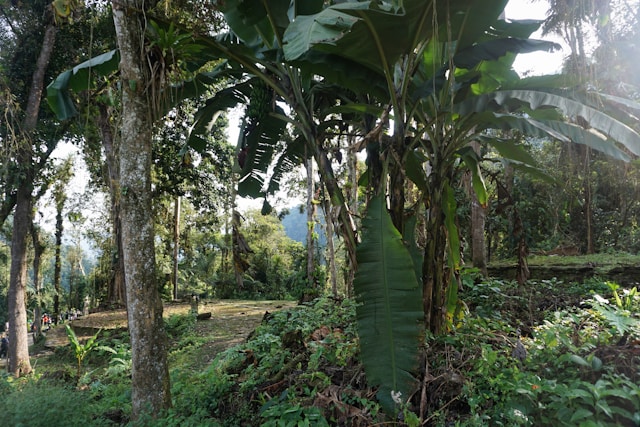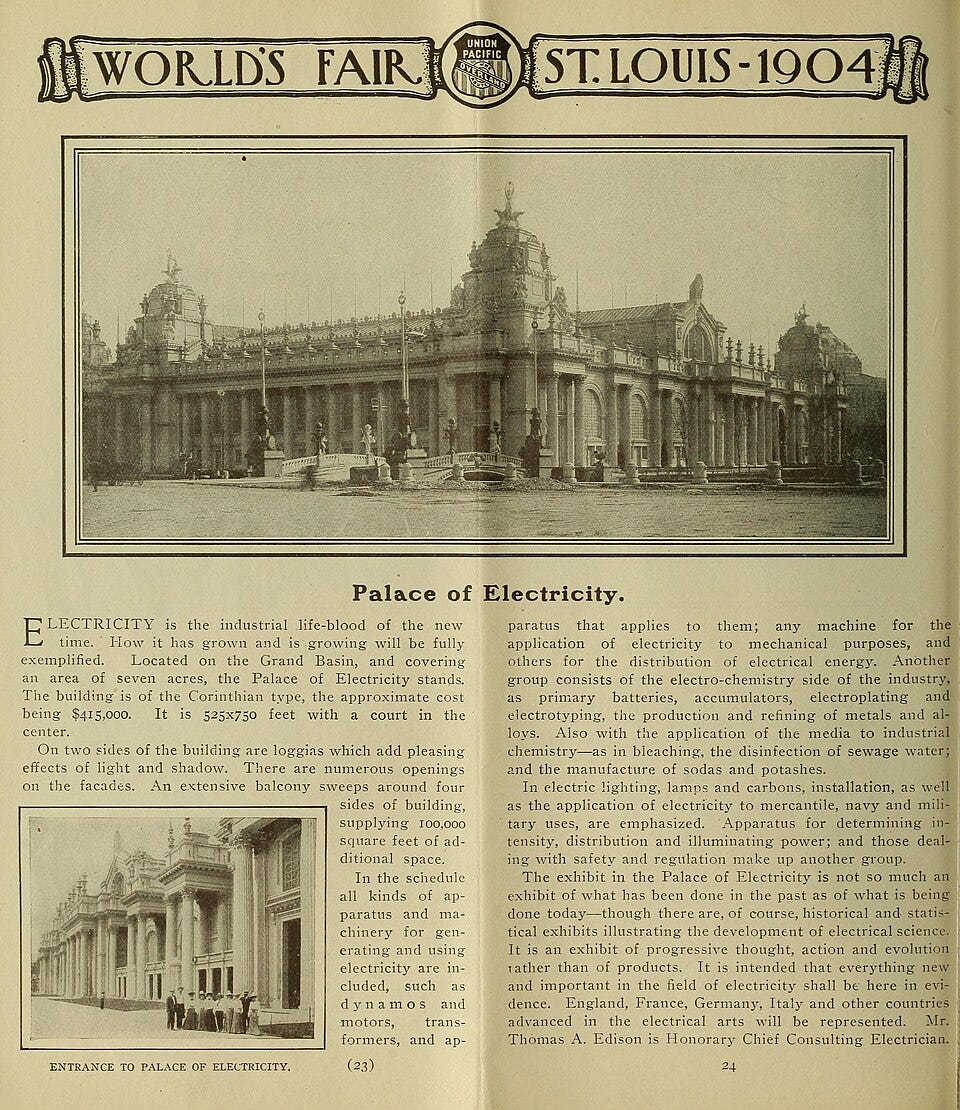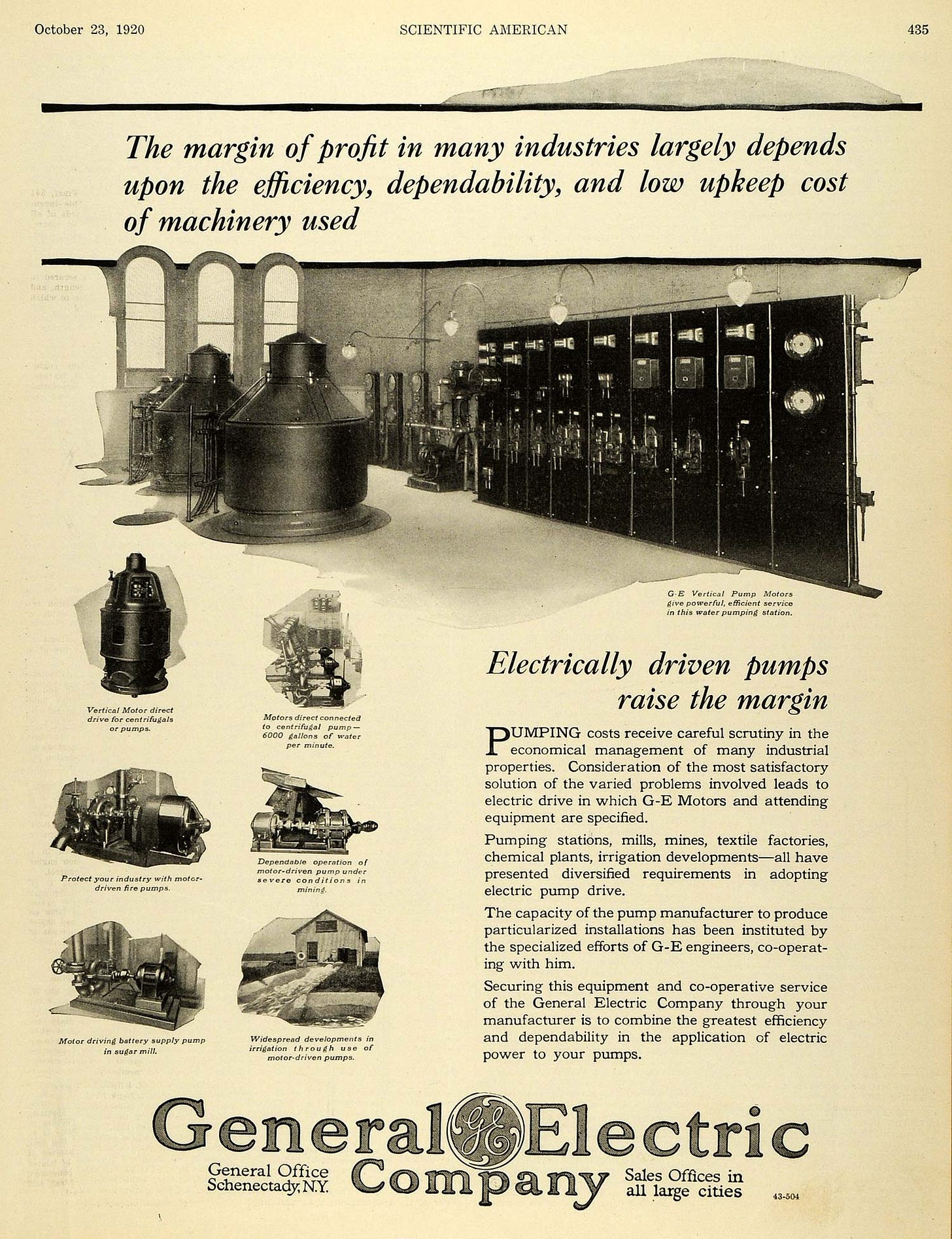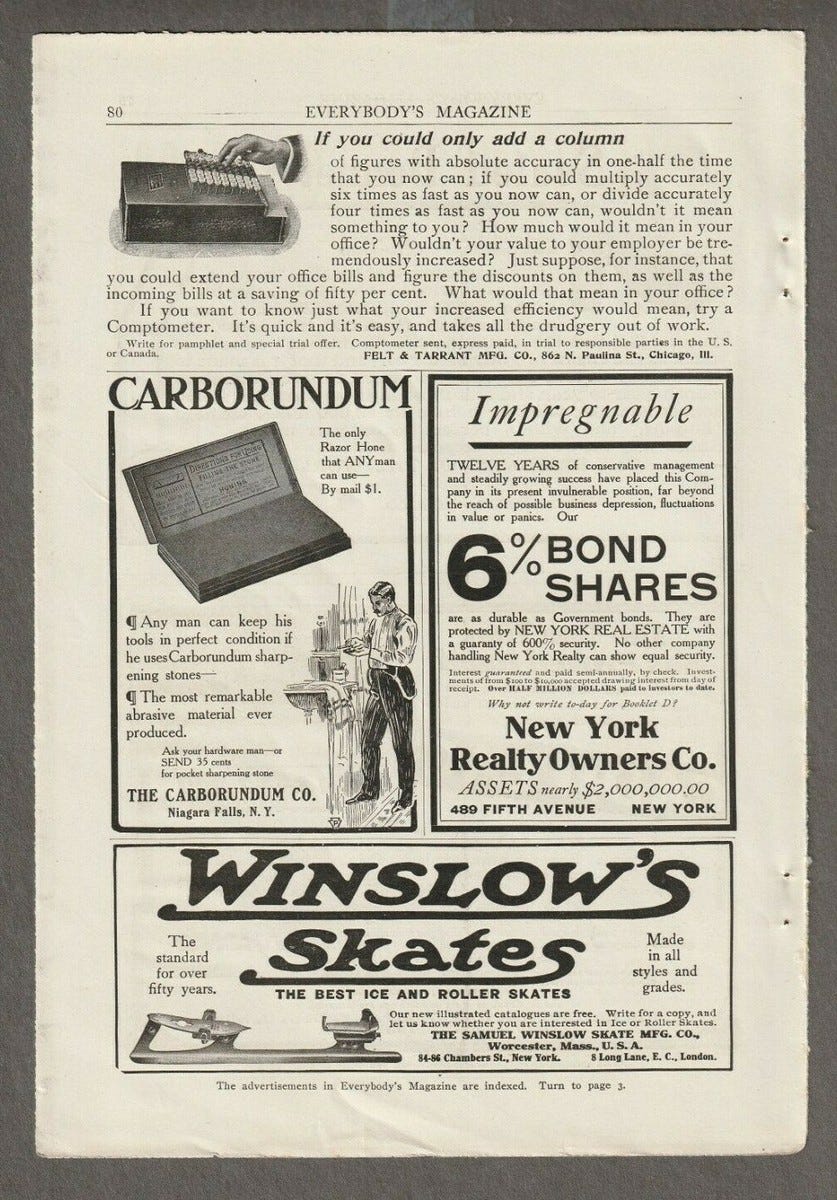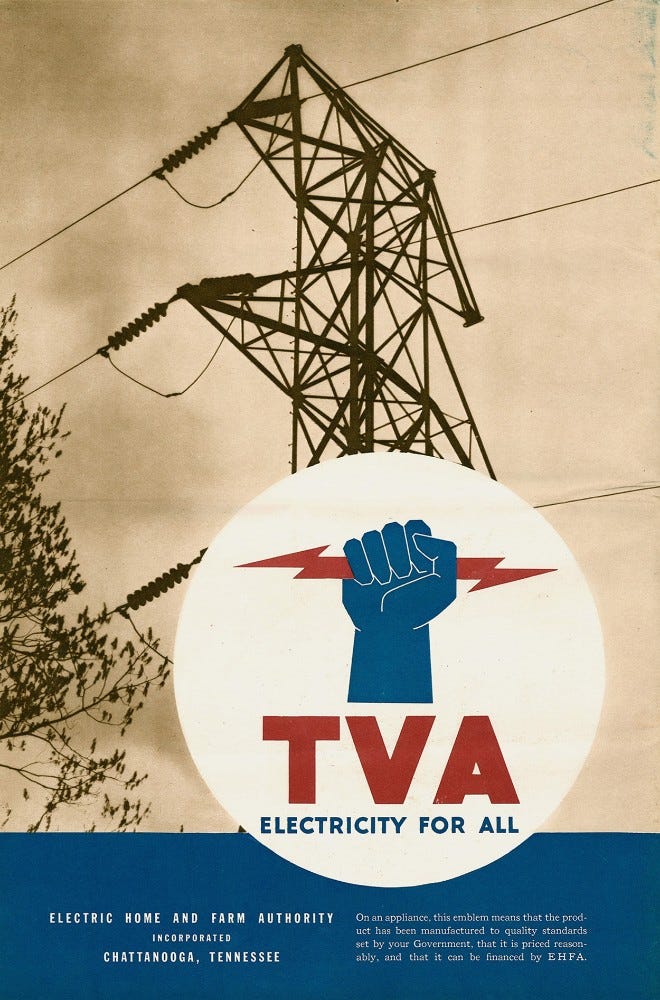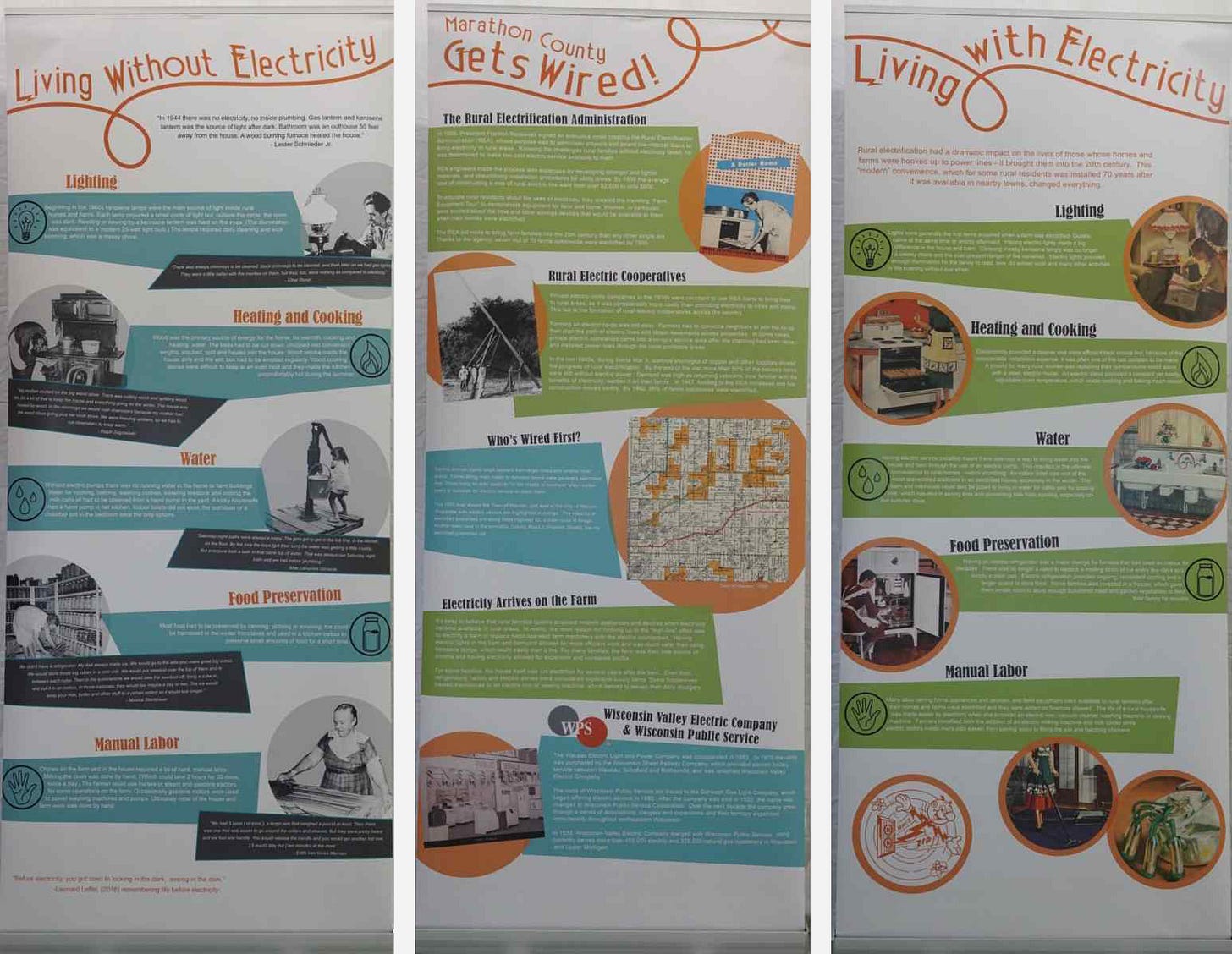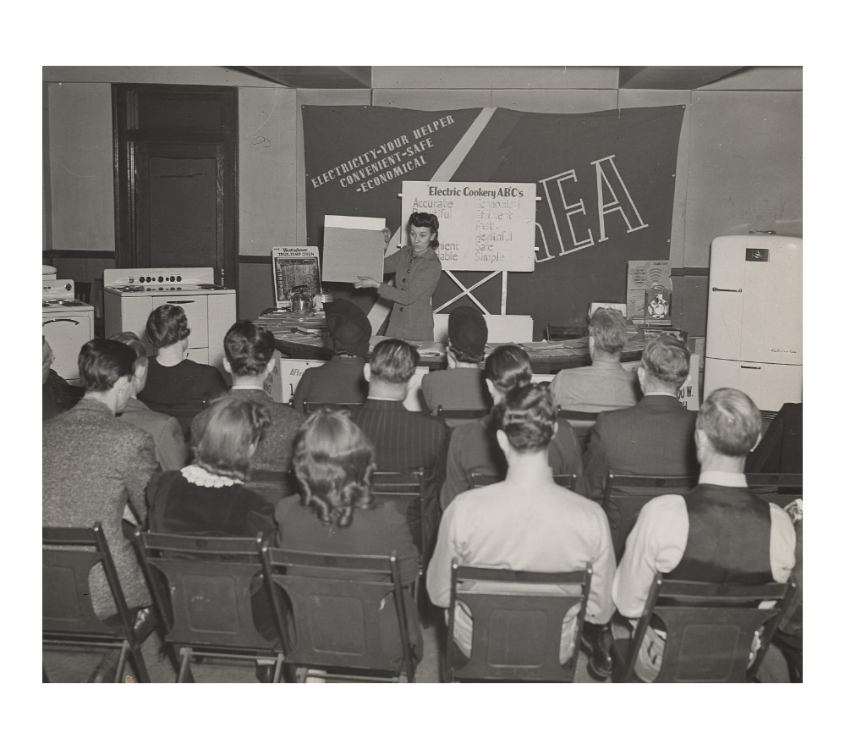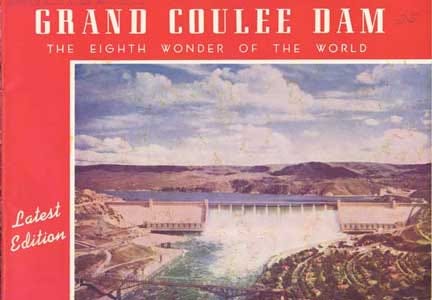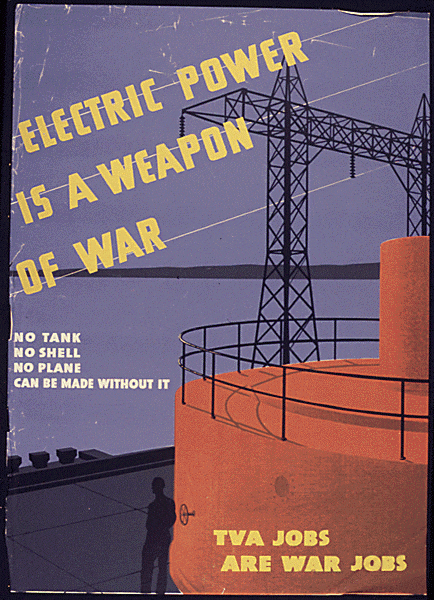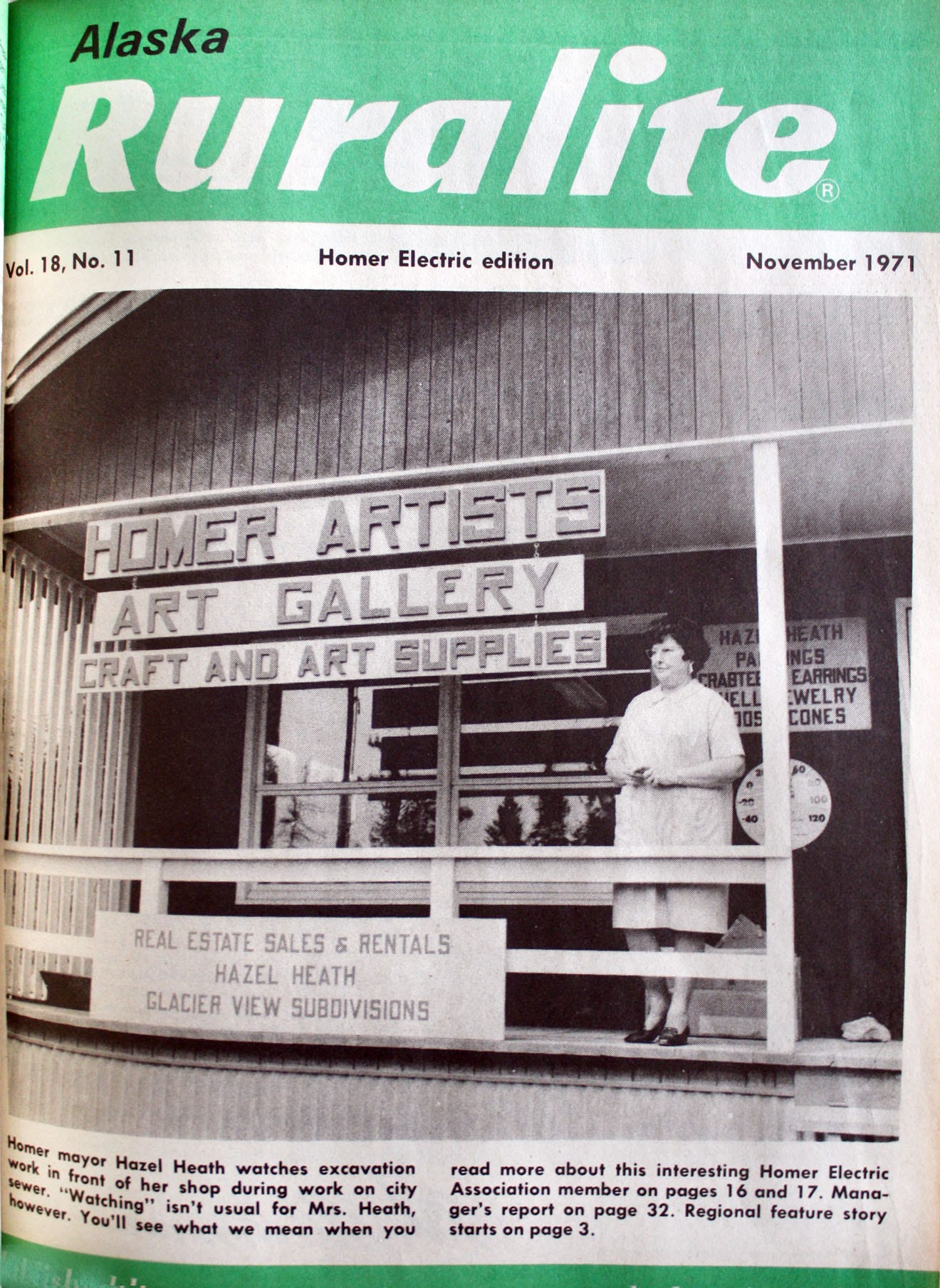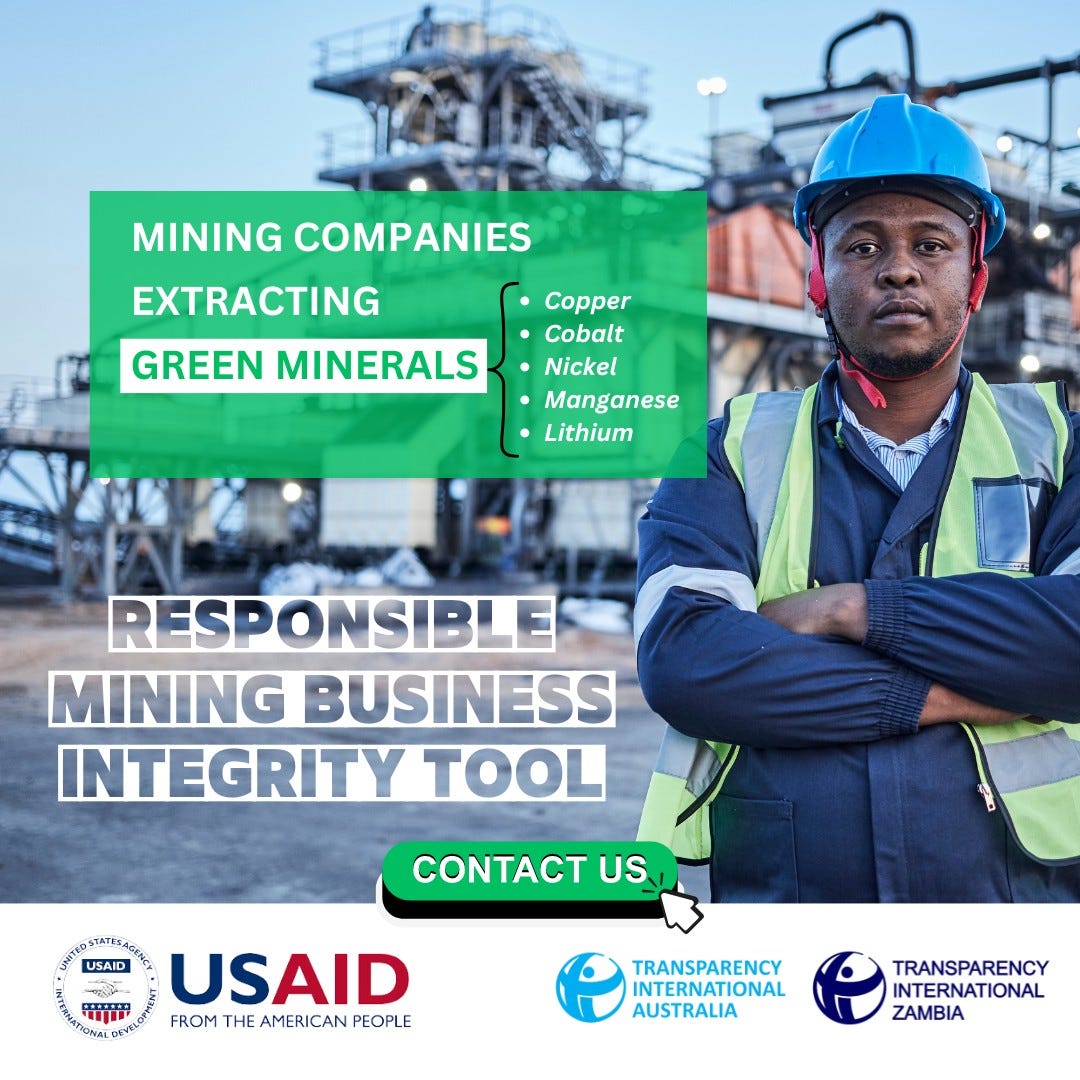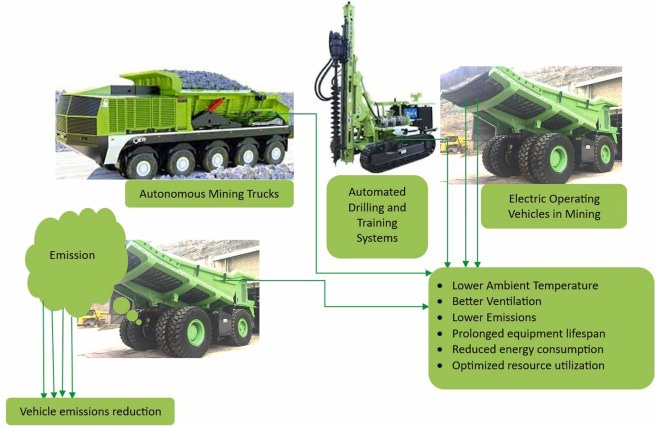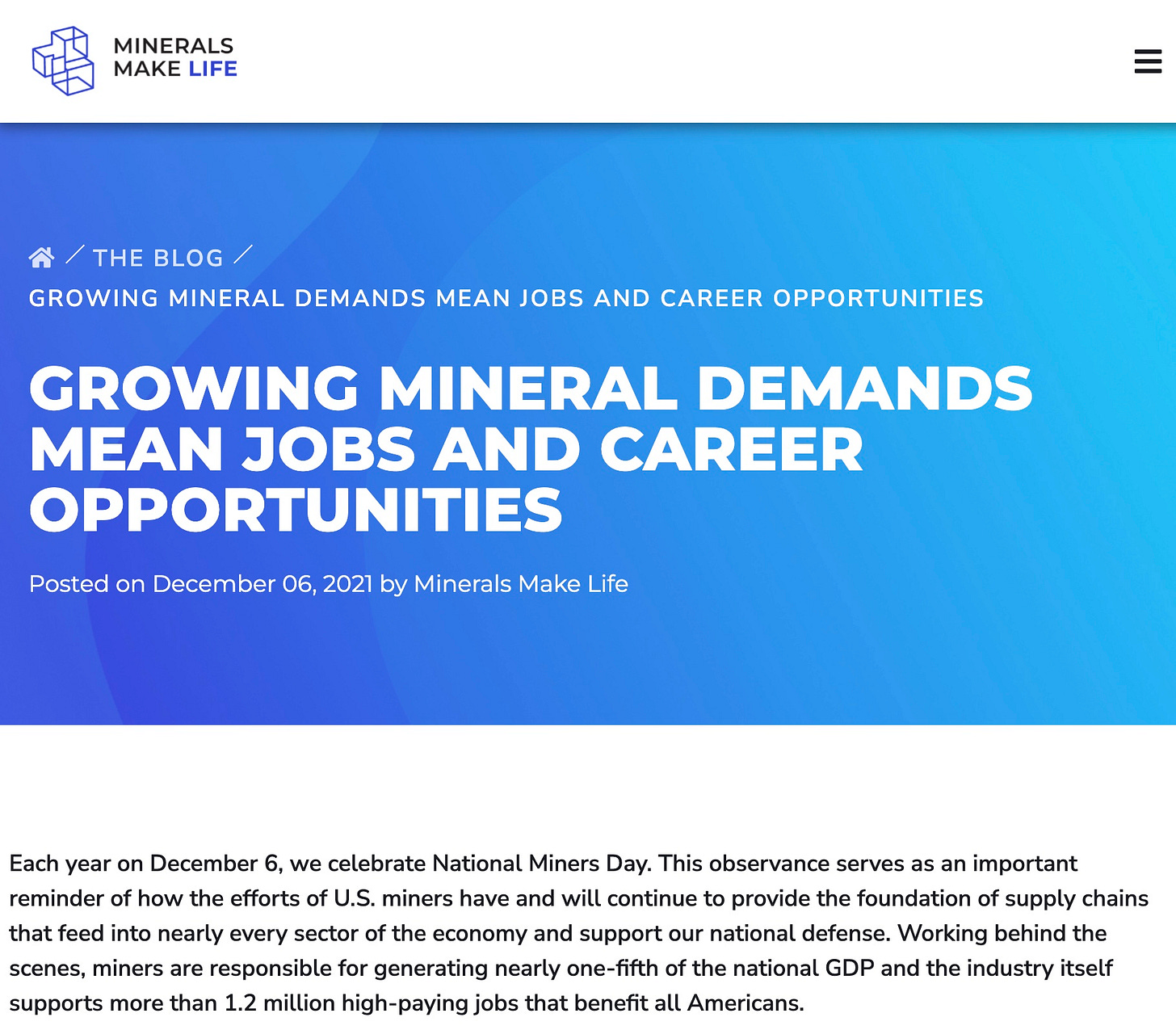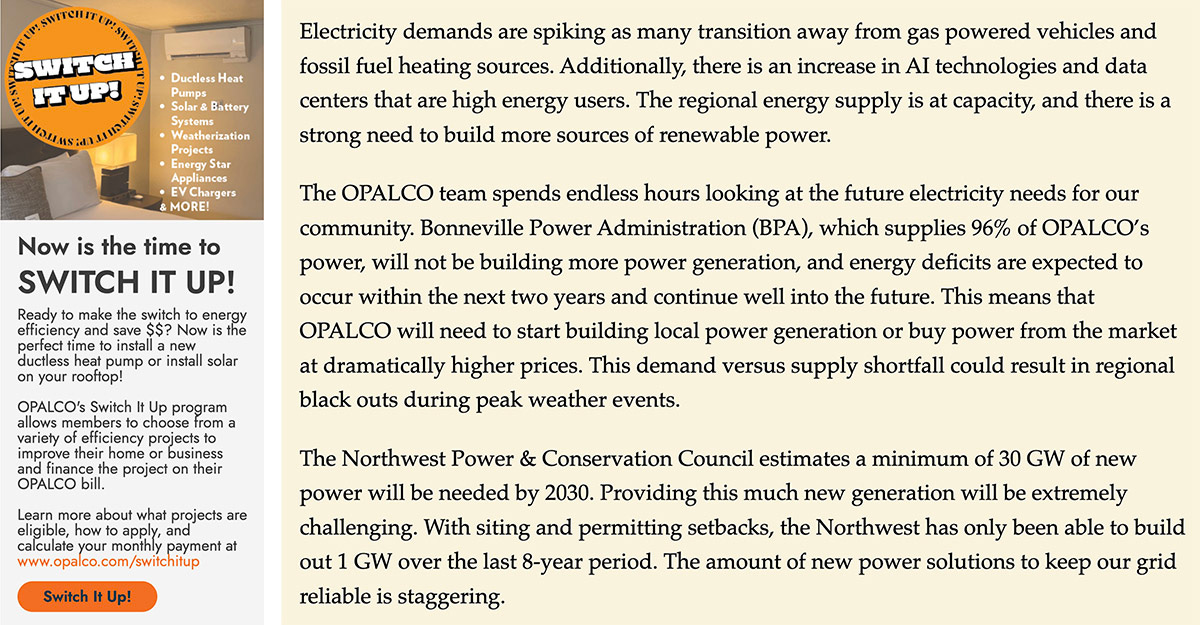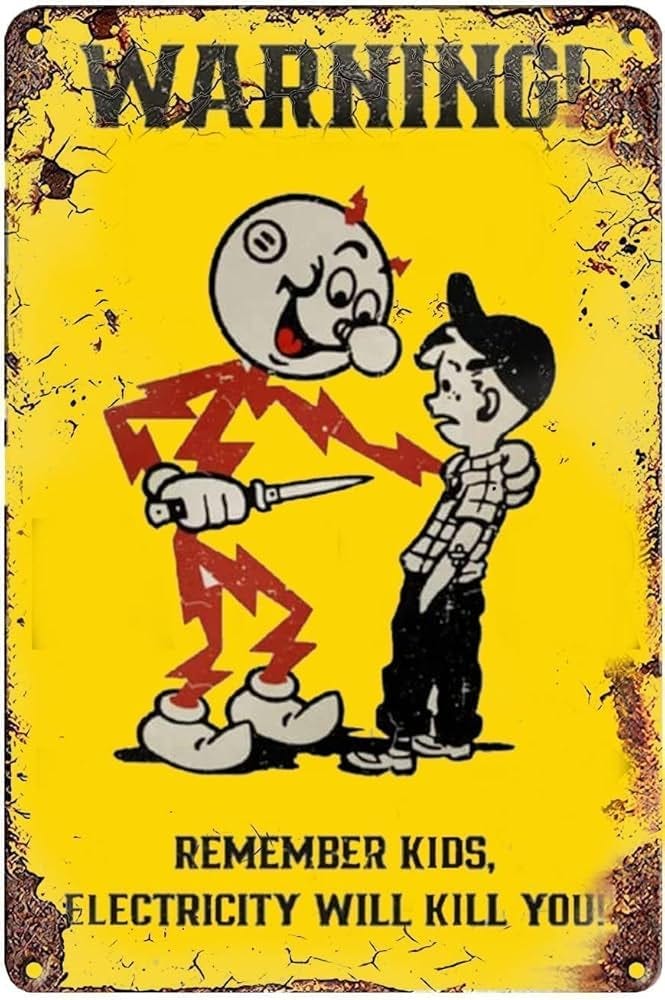
SLAPP Suit Against Thacker Pass 6
This lithium company is trying to sue Indigenous land defenders into silence
Vancouver-based Lithium Americas is developing a massive lithium mine in Nevada’s remote Thacker Pass, but for nearly five years several local Indigenous tribes and environmental organizations have tried to block or delay the mine in the courts and through direct action. Six land defenders, known as the “Thacker Pass 6,” are currently being sued by Lithium Nevada Corporation and have been barred by court injunction from returning to and peacefully protesting and praying at the sacred site on their ancestral homeland. TRNN Editor-in-Chief Maximillian Alvarez speaks with two members of the “Thacker Pass 6,” Will Falk and Max Wilbert, about the charges against them and the current state of the struggle over the construction of the Thacker Pass mine.
Will Falk is a Colorado-based poet, community organizer, and pro-bono attorney for regional tribes who co-founded the group Protect Thacker Pass. Max Wilbert is an Oregon-based writer, organizer, wilderness guide, and co-author of the book Bright Green Lies: How the Environmental Movement Lost Its Way and What We Can Do About It; he co-founded the group Protect Thacker Pass.
In September of 2023, TRNN teamed up with award-winning Indigenous multimedia journalist Brandi Morin, documentary filmmaker Geordie Day, and Canadian independent media outlets Ricochet Media and IndigiNews to produce a powerful documentary report on the Indigenous resisters putting their bodies and freedom on the line to stop the Thacker Pass Project. Watch the report, “Mining the Sacred: Indigenous nations fight lithium gold rush at Thacker Pass,” here.
Studio Production: Maximillian Alvarez
Audio Post-Production: Jules Taylor
Transcript
The following is a rushed transcript and may contain errors. A proofread version will be made available as soon as possible.
Maximillian Alvarez:
Welcome everyone to the Real News Network podcast. I’m Maximillian Alvarez. I’m the editor in chief here at The Real News, and it’s so great to have you all with us in Nevada’s remote. Thacker Pass. A fight for our future is playing out between local indigenous tribes and powerful state and corporate entities held bent on mining the lithium beneath their land. Vancouver based Lithium Americas is developing a massive lithium mine at Thacker Pass. But for nearly five years, several local tribes and environmental organizations have tried to block or delay the mine in the courts and through direct action. In September of 2023, the Real News Network teamed up with award-winning indigenous multimedia journalist Brandi Morin, documentary filmmaker Geordie Day and Canadian Independent Media outlets, ricochet Media and Indigenous News to produce a powerful documentary report on the indigenous resistors putting their bodies and freedom on the line to stop the Thacker Pass Project. Here’s a clip from that report,
Brandi Morin:
Rugged Serene, a vast stretch of parch desert and so-called Northern Nevada captivates the senses I’ve been trying to get down here for over a year because this beautiful landscape is about to be gutted. One valley here contains white gold, lithium, and lots of it. The new commodity the world is racing to grab to try to save itself from the ravages of climate change. Vancouver based lithium Americas is developing a massive lithium mine, which will operate for the next 41 years. The company is backed by the Biden administration, andout, its General Motors as its biggest investor, 650 million to be exact, but for more than two years, several local tribes and environmental organizations have tried to block or delay the mine in the courts and through direct action BC says the mine will desecrate the spiritual connection she has with her traditional territories. And she spoken out to protected at the mine site. Now Lithium Americas is suing her and six other land and water protectors in civil court over allegations of civil conspiracy, trespassing and tortious interference. The suit seeks to ban them from accessing the mining area and make them financially compensate the company. So I just wanted to ask you about the charges that you’re facing. What are they? And when did you find out? Oh, oh man,
Bhie-Cie Zahn-Nahtzu:
I don’t even remember. Is it civil? Something trespassing and something about disobedience? I dunno. I didn’t really, I didn’t read the papers. I just threw them in a drawer. Honestly, I don’t think we’re going to be able to stop. There’s 500 lithium mines coming. I just wanted my descent on record as an indigenous mother.
Maximillian Alvarez:
Now the last voice that you heard there was Bhie-Cie Zahn-Nahtzu, one of the six land defenders known as the Thacker past six who are being sued by Lithium Nevada Corporation and had been barred by court injunction from returning to and peacefully protesting and praying at the sacred site on their ancestral homeland. Today on the Real News podcast, we are joined by two other members of the Thacker. Past six will Falk a Colorado based poet, community organizer, and pro bono attorney for regional tribes who co-founded the group Protect Thacker Pass. And we are also joined by Max Wilbert, an organ-based writer, organizer, and wilderness guide. Max is the co-author of the book, bright Green Lies, how the Environmental Movement Lost Its Way and What We Can Do about It. And he also co-founded Protect Thacker Pass. Max will thank you both so much for joining us today on the Real News Network.
Over the next half hour, we’re going to do our best to give listeners an update on the struggle at Thacker Pass, where things stand now and what people can do to help, because this is a critical story that our audience has gotten invested in through Brandy Morin and Jordy day’s. Brilliant reporting. But before we dig into the legal battle that y’all are embroiled in with Lithium Nevada Corporation, I want to start by asking if you could introduce yourselves and just tell us a little bit more about who you are, the work that you do and the path that led you to Thacker Pass.
Will Falk:
Yeah, I’ll start. This is Will Falk like you introduced me. I’m a poet, community organizer and attorney. I think my involvement in this kind of work started in my early twenties. I had some severe mental health issues and I found that going out into the natural world and listening to the natural world was the best medicine that I could find for those mental health issues. And while experiencing that, I realized that the natural world is consistently saving my life through offering me that medicine. And of course the natural world has given me and everyone I love their lives. So at that time, feeling the gratitude from that, I decided that I would devote my life to trying to protect as much of the natural world’s life as I possibly could. That has taken me to many frontline land defense campaigns and it’s often put me in allyship with Native Americans and other indigenous peoples who are resisting the destruction of their land.
So I got involved specifically with Thacker Pass after Max explained to me what was going on there. We both have spent a lot of time in the Great Basin and it’s an ecotype and a region that we both love very much. So when we found out that they were going to put this massive lithium mine on top of a beautiful mountain pass in northern Nevada, we decided we were going to try and stop it. So we went out to Thacker Pass on the very day that the federal government issued the last major permits for the mine, and we set up a protest camp right in the middle of where they were going to blow up the land to extract lithium. And we sort of had two goals. One, we wanted to stop the mine, but two, we wanted to force a bigger conversation about whether this transition to so-called green energy was actually green and whether we can really save the natural world by destroying more of the natural world, which is what it will take to manufacture things like electric cars and electric car batteries. But my involvement in this campaign is very much based in my love for the natural world and my recognition that everyone’s wellbeing is tied up in the wellbeing of the natural world. And this new wave of extraction for so-called green energy is just going to be another wave of destruction.
Max Wilbert:
Great to be on the show, max. Thanks for having us. I’ve been following the real news for years, so it’s great to finally have a chance to speak with you. I first became aware that there was a major problem in the environmental movement around 2006, 2005 when I went to an environmental fair in Washington state where I grew up and I came across a biodiesel Hummer out in the parking lot amidst all these organizations promoting protecting salmon and protecting forests and so on. And this was in the midst of the wars in Iraq and Afghanistan in the midst of this age where the whole nation, the whole world is grappling with empire and imperialism and war for oil. And to me, the problem with a Hummer goes far beyond the oil that’s in its tank. The problem gets to the minerals that are mine to create the Hummer, the mindset behind that that says that we need these massive individual vehicles to get around the world, the mindset of militarism and consumerism sort of wedding together in this conspicuous symbol of consumption. And so I knew at that point that there was a major problem in the environmental movement. I was just a teenager at the time. And so over the years I started to explore this more and more and started to question some of the orthodoxies around green technology as a solution to the global warming crisis and the broader environmental crisis.
I believe that these are very real and serious crises. It’s kind of unavoidable unarguable if you look at the way of the evidence and even just what we see and experience with our own eyes. But green technology as a solution is something that I really think is a problem. It emerges out of this mindset of industrial products, like things that come out of factories that you buy as the solution. And to me, I’m much more interested and I tend to gravitate towards simpler ways of living, lighter ways of living in relationship to the land that have emerged over many thousands of years in all kinds of different cultures around the world where people have had good relationships with the planet and the water and the other life around them. So when I heard about Thacker Pass, I decided to go out and take a look at what was happening out there.
So I drove down, this was in the fall of 2020. I drove down there out into the middle of the outback in northern Nevada and spent a night or two camping up at Thacker Pass. And I just fell in love with the place the sun went down and the stars came out and the Milky Way shining bright across the sky and there are coyotes howling and bats flying around, and you can’t see a single light of a building or a city or anything for miles in every direction as far as the eye can see, which is a long way from the side of a mountain in Nevada where there’s no trees. There’s nothing blocking your view. And I felt like if I don’t try and fight for this place, then nobody else is going to because we’ve seen the mainstream environmental movement get very infatuated with these ideas that technology is going to solve all our environmental problems, that it’s going to lead us into some sort of utopian future. And so none of mainstream environmental groups have really challenged the rising threat of lithium mining and similar issues. That’s when I decided, you know what, we got to do something about this. I called up Will who was one of the few people who I know who I thought might be crazy enough to join me in the middle of the winter at a mile above sea level on the side of a mountain in Nevada to protest a mine. And he said, great, when do we start?
Maximillian Alvarez:
And can you just say a little more about when and how your efforts synced up with those of people living there, the members of the local tribes who’ve come together as part of this effort to stop the Thacker Pass Mining operation?
Will Falk:
Yeah. We had been up there in Thacker Pass trying to make as much noise as we could for I think six or eight weeks when some native folks from the closest reservation to the mine, the Fort McDermitt Paiute and Shoshone Reservation came up and had seen some of the stuff that we put online and wanted to learn more about what the mine would do. And when they came up, that’s when we learned that Thacker Pass is a very sacred place to local native folks. It is known as Beha in the local Paiute dialect that translates to Rotten Moon in English. And the place name has contains some of the reason why Peehee Mu’huh or Thacker Pass is so sacred. And there’s oral history that the Paiutes carry that talks about a massacre, a pre-European massacre that happened in Thacker Pass where some hunters were often in the next valley hunting and some people from a different tribe came and massacred the people there.
And when the hunters came back, they found their intestines actually strung out along the sage brush, and that created such a bad smell. And the past, if you’re looking at it from lower down in the basin floor, it looks like a crescent moon. So they named it ham. We also learned through Paiute oral history and confirmed it through documents that the Bureau of Land Management themselves possessed, that there was a massacre of at least 31 Paiute men, women and children in Thacker Pass on September 12th, 1865. This was a massacre that took place as part of what’s called the Snake War. This is a war that was fought primarily between settlers and minors, encroaching on PayU and Shoshone land in the 1860s. It’s been called the bloodiest Indian War west of the Mississippi. But I’ve always found it to be incredibly ironic that there was this massacre, the American government massacred Paiute people while they were resisting mining encroachments on their land.
And that was back in 1865. Now in 2025, the American government has issued permits to a mining company to erase the evidence of that massacre by destroying the site. There we realized that no one was making arguments on behalf of Native Americans in the litigation that had been filed against the Bureau of Land Management for permitting the mine. And so no one was telling the court about all of this sacredness and the permitting process that the Bureau of Land Management used was expedited under the Trump administration. This really isn’t a Democrat or Republic can issue because Biden took credit for that expedited process shortly after he came into office. But by expediting the process, they had not actually consulted with any regional tribes about the mine. And so many native folks in the area were just finding out about the mine months after it had been permitted by seeing stuff that we were generating from Thacker Pass. But I ended up agreeing to represent a few tribes to try and insert that perspective into the litigation to explain how sacred this place was, to explain how bad the government’s tribal consultation process was and to make sure people understood that this mine, that everybody wants to be so green is actually destroying native culture.
Max Wilbert:
So there we were on the mountain side at this point. This is June of 2021 and will begins to represent one and then two of the local native tribes, the Reno Sparks Indian Colony and the Summit Lake Paiute Tribe and is filing legal briefs from his laptop working inside his car and sleeping at night in the tent out on the mountainside, very difficult conditions to work in and doing it all pro bono, basically living on almost nothing as this is just a grassroots effort. And that’s what we went into it with the mindset. This is all during Covid. It’s very hard to get ahold of people, very hard to have public meetings or events and so on. So when we went out there, we didn’t know any of the indigenous people from the area. I had some other native friends from further east in Nevada and further south in different places and called them up and said, Hey, do you know anything about Pass and what’s going on there?
But they weren’t really local people from exactly that area. And so they said, no, sorry. So we just went out and we expected that we were going to connect with local people through the process of being out in the community and on the land. And that’s exactly what happened. We were able to build a really fruitful collaboration between the fact that Thacker Pass had the initial massacre, the Bema hub massacre, then the massacre that the US Army perpetrated the cavalry in 1865, and the fact that the place was occupied by native people for thousands and thousands and thousands of years. All kinds of campsites and archeological evidence of people’s occupation on the land there. Very significant sites, places where people hunt and gather wild foods and a place where people go to this day, well, I would say to this day, but you’re no longer allowed to go there because there’s a fence that’s been built. There’s bulldozers rolling and the land is being destroyed. So all the deer have been driven away. The pronghorn antelope, the Marmot, all the wildlife that people have relied on and had these relationships with for many generations, all the plants and herbal medicines and so on are being crushed or bulldozed out of the way as well. So it’s ultimately been a pretty heartbreaking fight as well. But it’s not unusual. It’s something that we’ve seen over and over again across what’s now the United States.
Maximillian Alvarez:
So let’s talk about the Thacker Pass six and Lithium Nevada Corporation’s lawsuit against you and four other land defenders, including some of the folks that our audience saw in Brandy Morton’s documentary. So you both Bhie-Cie Zahn-Nahtzu, Bethany Sam, Dean Barlese and Paul Cienfuegos are being charged with civil conspiracy, nuisance trespass, tortuous interference with contractual relations, tortuous interference with perspective economic advantage. So what can you tell us about the substance of these charges and about how you’re all fighting them in court?
Will Falk:
Yeah, so I think one of the first things to understand is that on, we have to go back to an actual foundational law in American extractive industries, and that’s what’s called the 1872 General Mining Law, which was a law that was passed in 1872. It was passed partially to provide cheap leases to miners as a way to pay off the Civil War debt. And what that law did was it essentially said that mining is the highest and best use of American public lands, and that’s the way it’s been interpreted since 1872. So what this means is when a corporation locates valuable minerals on American public land, and I think the United States is something like 61% public land, if a corporation finds valuable minerals on that land, the 1872 mining law gives them an automatic right to mine those minerals to destroy the land where those minerals are, to extract those minerals.
The government does not have discretion to deny permits for these kinds of mines. It doesn’t matter if the place that they’re destroying is the most sacred place in the world to native folks. So what that means is that the lawsuits that we filed that we just talked about through the tribes with the tribes, those lawsuits that we filed, they never had the capability to stop the mine definitively stop the mine. All they had the capability to do was to force the government to go back and redo some part of the permitting process like tribal consultation. In other words, there is no legal way to stop public lands mines once corporations have found valuable minerals on that land. So that meant that once the lawsuits that we had filed against the Bureau of Land Management had failed and we had exhausted ways to try and force them to go back and redo that permitting process, the only real choice that we had left to try and protect Thacker Pass and all of the sacredness there was to engage in civil disobedience. So in 2023, we went out to peacefully protest, prayerfully protest the mine, and we did in fact interfere with some of the construction. We blocked some construction equipment from coming up some roads, and we apparently Lithium Nevada decided to move its employees to work on other parts of the mine that we weren’t at. And then we were sued for those actions.
It didn’t quite meet the legal definition of what they call a slap suit, a strategic lawsuit against public participation. But it very much worked in the same way we engaged in free speech, we engaged in our first amendment rights to protest our first amendment rights to petition the government for redress. But because we delayed some of the construction equipment from accessing the site, lithium Nevada sued us and was successful at achieving what’s called a preliminary injunction against us from returning to the mine site whatsoever. And it’s really important to understand that Max and I are not native, but we were sued with four other native folks. And those native folks, they descend from people who were killed in that 1865 massacre. And this means that they can’t go back to Thacker Pass to pray for their ancestors that were killed there. They’re not allowed to go back to their own homelands to mourn what has happened to Thacker Pass, but also when you’re sued like this in civil court, mainly what they call damages, if we lose the case, what we could owe is hundreds of thousands of dollars depending on what a judge might order.
So Lithium Nevada was accusing us of things like that tortious interference stuff that you just listed out that’s a lot about, we were depriving them of fulfilling contracts with their contractors to come in and do the construction. We were forcing them to cause to spend money. These are the allegations to spend money that they wouldn’t have had to spend if we didn’t do that. So they’re asking a judge to get that money from us. But I think it, it’s really important to understand that there really is no legal recourse for fighting public lands mines. And it’s really insane where if you give mining corporations an automatic right to mine public lands and destroy sacred native land, and then the legal system also gives a corporation the power to file lawsuits against us that could cost us hundreds of thousands of dollars. You’re really talking about very thoroughly quieting any descent to these kinds of projects.
Max Wilbert:
Yep. It’s a little bit of double jeopardy. And we’ve talked about this all along. We were on a phone call with BC this morning who was in the video that Brandy did, and there’s a continuum between what happened in 1865 and what’s happening today, what was happening between 1864 and 1868 was a war that the US government waged on indigenous people of Thacker Pass and the surrounding Great Basin region in order to secure access to the resources of that region for settler, colonialists and corporate interests. And that process is continuing today. Now, when people in 1865 when people tried to protect Thacker Pass from soldiers, they were massacred on mass. And today when indigenous people, descendants of those people who are massacred try to protect Thacker Pass, they’re, they’re either arrested, they’re fined, they’re barred by courts from going back to the land. And this is inherently a violent process because if those orders are ignored, then what happens is men with guns will show up and either take these people to jail or possess their assets and so on.
So this is an extended process of land seizure enclosure of what was formerly common land among those indigenous communities. It’s a process of the commodification of these landscapes. And now with the Trump administration will mention that this has been a bipartisan push that Trump in his first term streamlined the permitting for the Thacker Pass mine. So he pushed it through very quickly. Biden then claimed credit for it and decided to loan over 2 billion to the mining company and supported in all kinds of ways, including defending the project in court. And then Trump is now continuing that process. We’re seeing the removal of things like public comment periods being struck down, the environmental review process for future mining projects, which was already a very inadequate anti-democratic process that amounted to tell us what you think about this project and then we’re going to do whatever the hell we want.
Anyway, even that sort of truncated toxic mimic of a real democratic consensual process of community engagement is being completely undercut. And that’s what we’re facing in the future. Backer passes, passes being built right now. There’s literally thousands of mining claims for lithium across the state of Nevada and many more across the whole country. And we’re seeing a big expansion in rare earth mining, copper mining, iron ore mining, all kinds of different mining as well as the boom in fossil fuel extraction that we’re seeing. So it’s kind of an all fronts assault on the planet right now, and people who get in the way, endangered species who get in the way, the plan is just sweep them aside using whatever means are necessary.
Maximillian Alvarez:
Well, and that really leads into the somber next question I had for you both and it really building off what you just said, max, this is absolutely a bipartisan effort, not just in terms of ramping up domestic mining, oil extraction use of public lands, bulldozing like the very concept of indigenous sovereignty, which is as American as apple pie, I suppose. But on top of that, we also have the closing in of the state on efforts to oppose this and closing in on and repressing the methods of resistance from Jessica Reznicek to y’all in Thacker Pass to students protesting US backed genocide in Palestine. These are being categorized as domestic terrorism. So I wanted to ask, in this sort of hellish climate, what is the status of the fight over Thacker Pass and the fight for sovereignty on indigenous lands and the environmental justice effort to halt the worst effects of the climate crisis? What does that all look like today under the shadow of a second Trump administration?
Will Falk:
Things are pretty desperate right now. I think that as you were just saying, the Trump administration especially, but I think from here on out, I think each administration is going to figure out how to silence dissent, especially around anyone who is trying to interfere with the government or corporate access to the raw materials of industry like lithium, like copper, like iron ore, like aluminum. All these things that have to be ripped from the earth to create so many things, especially the weapons and war technologies that the United States uses. That’s a connection that I think really needs to be made. If the United States is going to continue sending weapons to Israel to conduct genocide and Palestine, there’s going to be a lot of public lands resources that are used to construct those weapons. If the United States does something like ramps up for war with Iran, it’s going to be a lot of public lands that are destroyed to create the weapons that are needed to fight that war.
And so I think that as American consumption continues to grow, as resources become harder and harder to come by and consumption intensifies, every administration is going to work to silence any interference with access to those kinds of things, that is absolutely not a reason to give up. It is a reason though for us to start to talk about our tactics and whether things like lawsuits and whether politely asking our senators to change their minds about things, whether this is really going to protect what’s left of the natural world. And while it is incredibly, incredibly hard work, we have to fight, there’s really no moral, there’s no other thing to do that allows us to keep our good conscience without fighting. And the truth is, if we fight, we might lose. We probably will lose. But if we don’t fight, we have no chance of winning, and we must fight to slow as much of this destruction as we possibly can.
Max Wilbert:
Yeah, well said, will. There’s a direct relationship between the destruction of the planet and the genocide and war that we’re seeing around the world. The links that I made earlier between the Hummer, for example, the military industrial complex, mass consumerism and resource extraction, and how that plays into imperialism and the exploitation of people all around the world, whether we’re talking about in the Congo or we’re talking about here in the United States, in these sort of rural hinterland, places like Thacker Pass where people get screwed over in a completely different way, but with similarities to what we see in Serbia, in Tibet, in all of these, in Mongolia, in all of these resource extraction districts around the world. And I think that we really need to break our allegiance to industrial capitalism to this way of living, this type of economy that we’re so used to right now, it’s really difficult because my food is in the fridge right over here. I’m reliant on the system. So many of us are. But the truth is that system is killing the planet and it’s killing all of us in the end. So I think the story of Thacker Pass for us is really about a transformation away from an industrial economy that is destroying everything to something that is much simpler and more sustainable.
It is been on my mind lately that during the fight against apartheid in South Africa, that fight was being conducted through legal means with community organizing and rallies and so on. And at a certain point, the apartheid state outlawed those forms of legal above ground organizing and the movement was forced for its very survival to go underground, to become clandestine and illegal. We’re not quite there yet, but we certainly seem to be headed there rapidly in this country where even what has previously been sort of well accepted means of protest and public dissent are being criminalized. And ultimately, I don’t know where that will take us, but I think too of the old JFK quote, which wasn’t about any situation like this, but he said, those who make peaceful revolution impossible make violent revolution inevitable. And there is a sense in which this sort of authoritarianism that we’re seeing, it leads only in one inevitable direction, which is that people will continue to fight back and resist. And we need to try and do that effectively because it’s not just principles or ideology or ideas that are at stake. It’s people’s lives. It’s our grandchildren’s future, our children’s future. It’s clean water, it’s access to the basic necessities of life, basic human dignity. All this is at stake right now and it’s imperative that we do something about it.
Maximillian Alvarez:
And we here at The Real News will continue to cover that fight. And in that vein, max will, I know I got to let you guys go in a moment here, but with the remaining minutes that we have together, I just wanted to round out by asking how you and the other defendants are doing faring through all of this and what your message is to listeners out there about what they can do to help.
Will Falk:
Thank you for asking that about how we’re doing. Yeah, it’s been really scary dealing with the lawsuit and having the threat of hundreds of thousands of dollars of fines issued against us. And that’s a really scary thing, and that’s a heavy thing. It’s also, I think any sort of effective resistance is going to require us to make sacrifices, to put ourselves, our individual wellbeing at risk. And we absolutely have to do that in smart ways. But I think that it’s really important that people understand that we’re not going to save the planet without taking on big risks to ourselves and to our own wellbeing. And we can’t do this in a completely safe manner. And it’s not that we are the ones creating the unsafe conditions, but if we get effective, those in power are going to respond harshly. They’re going to respond violently. And I think this is kind of a deep, deep way to think about your question.
What can people do to help? I think one thing people can do to help is start to get clear in their own minds that no one’s coming to save us. No one’s coming to swoop in and stop the destruction of the planet. Just stop the destruction of communities. And we’re going to have to learn how protect ourselves and to create the change that we know is so massively needed. And I think that if we can really start to develop a culture, a larger group of people that understand this and don’t quit when the inevitable repression and retaliation from the government and corporations come, then we’ll have a bigger community of people that can keep doing this kind of work and the sort of loneliness that often comes with activism and social justice work. If there’s more of us who understand what that’s like, what it actually feels like to put yourself in those kinds of positions, then we’re going to be much more resilient as a resistance community. We’re going to be much stronger together. And so, yeah, my biggest thing, what can people do? Consider thinking about the fact that we are the ones that have to stand up for ourselves. Get your mind right, get your soul right to understand that it’s not going to be an easy path. We don’t get to do it and stay completely safe, but it’s absolutely something that we must do. And the more of us that can see things like that, the more we can all support each other and the more effective we can ultimately be.
Max Wilbert:
I can’t say it any better than that. Courage. If folks want to learn more about what’s happening at Thacker Pass, follow our legal case, donate to our legal support fund. You can find all that information@protectthackerpass.org. And we’re gearing up there too for the next mine, the next project. And as this legal case hopefully comes to a conclusion one way or another in coming months and years, we’ve got more work to do. And so we’re just going to be pivoting straight to that.
Maximillian Alvarez:
I want to thank our guests Will Falk and Max Wilbert, co-founders of the group Protect Thacker Pass, and two members of the group of Land Defenders known as the Thacker Pass, six who are being sued by Lithium Nevada Corporation for protesting the Thacker Pass Lithium Mine. We’ve included reference links in the show notes for this episode so you can learn more about the Thacker Pass six and the ongoing struggle there in Nevada. And before you go, I want to remind y’all that the Real News Network is an independent viewer and listener supported grassroots media network. We don’t take corporate cash, we don’t have ads, and we never ever put our reporting behind paywalls, but we cannot continue to do this work without your support. So if you want more vital storytelling and reporting like this from the front lines of struggle, we need you to become a supporter of The Real News. Now. We’re in the middle of our spring fundraiser right now, and with these wildly uncertain times politically and economically, we are falling short of our goal and we need your help. Please go to the real news.com/donate and become a supporter today. If you want to hear more conversations and get more on the ground coverage just like this for our whole crew at the Real News Network, this is Maximillian Alvarez signing off. Take care of yourselves. Take care of each other, solidarity forever.
This article first appeared on The Real News Network and is republished here under a Creative Commons Attribution-NoDerivatives 4.0 International License.
PARSELY = { autotrack: false, onload: function() { PARSELY.beacon.trackPageView({ url: “https://therealnews.com/this-lithium-company-is-trying-to-sue-indigenous-land-defenders-into-silence”, urlref: window.location.href }); } } //cdn.parsely.com/keys/therealnews.com/p.js


